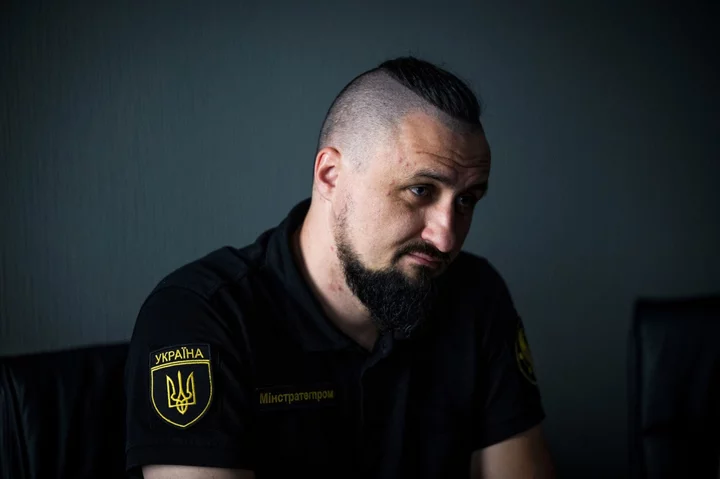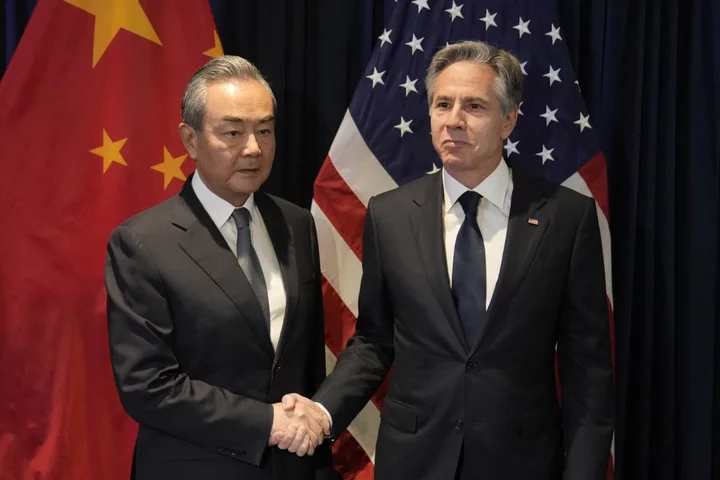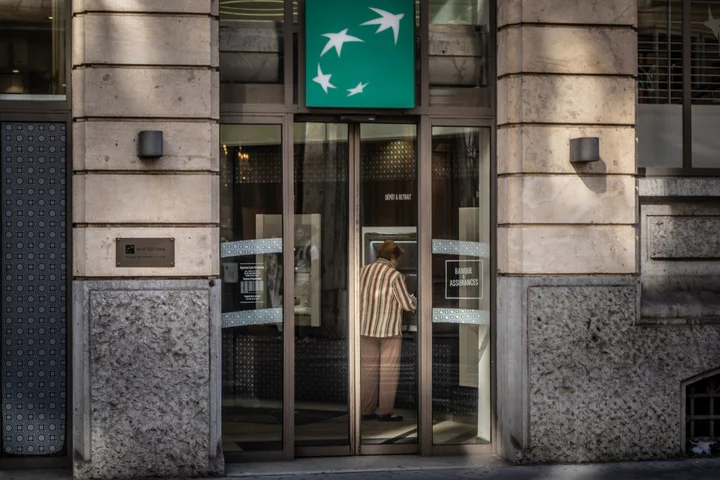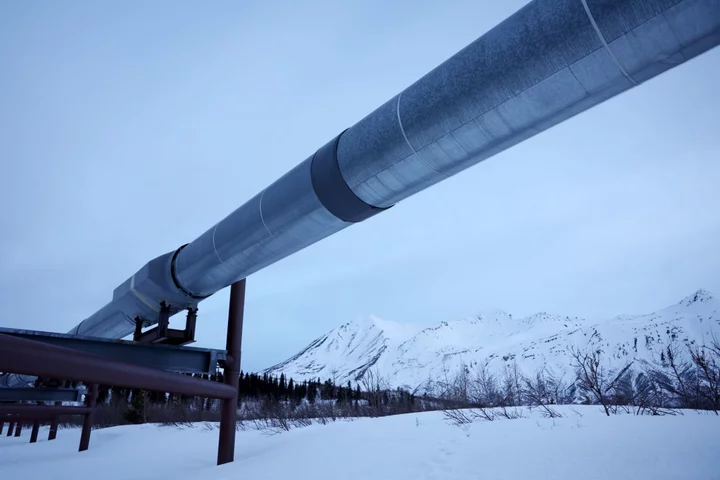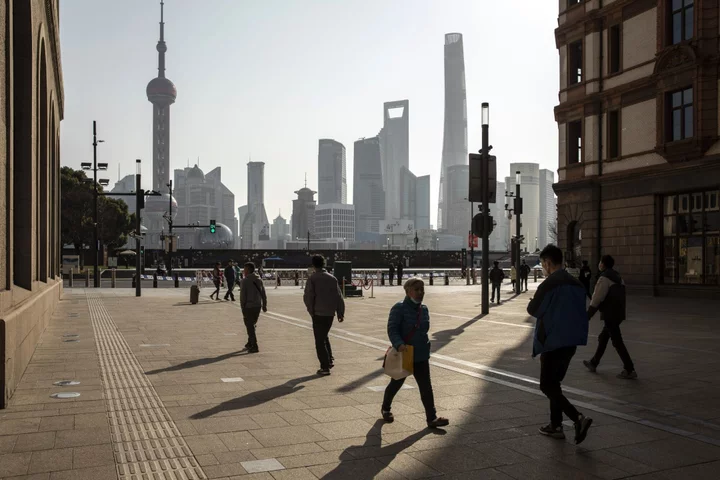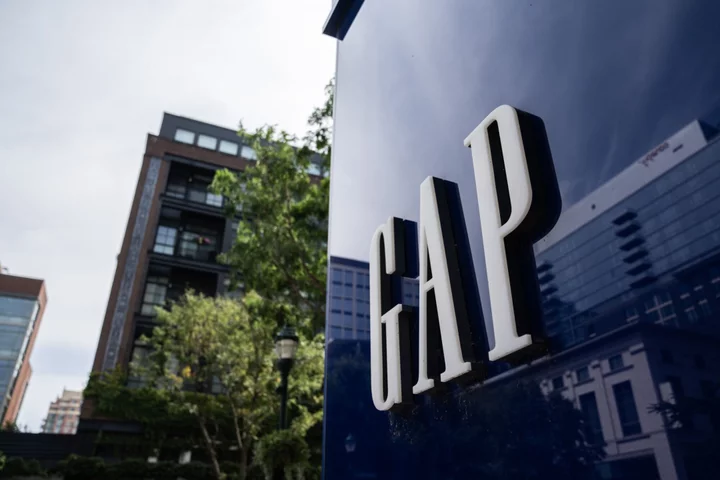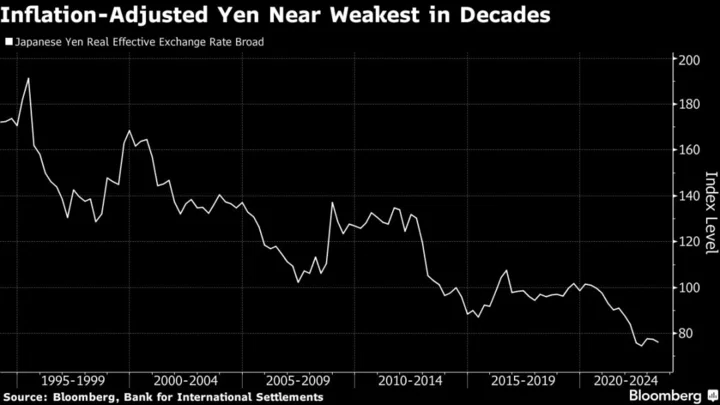Just months after he was tapped to oversee Ukraine’s arms industry, Oleksandr Kamyshin says it produced more mortar and artillery shells in June than it made in all of last year.
How many more is a secret, he says. While that result is a success in a country where many of his factories are routinely under attack by Russian missiles, Kamyshin says he still has a long way to go.
“I wouldn’t say that we were that great for managing to increase ammunition production in three months,” he said in an interview at his Kyiv office. “We produced so little in 2022.”
A self-described turnaround specialist, Kamyshin now faces a business overhaul with little precedent. The 39-year-old aims to remake Ukraine’s sprawling defense industry - known for decades for corruption and inefficiency - into an engine of the war effort that’s deciding the fate of his country. All while fighting rages around his plants.
Supplies of weapons to Ukraine from the US and its allies have been the main focus so far in the war. But Kyiv is racing to build up its own production so it won’t have to depend on charity forever. Later, Kamyshin aims to make Ukraine a major arms exporter again.
“We have to be ambitious, because we have no choice,” said Kamyshin, sporting a traditional Cossack braid. “My aim is to make Ukraine the arsenal of the free world.”
That’s a tall order. He earned a national reputation as head of Ukraine’s railroads, helping to keep them running despite air strikes, power cuts and the capture of big chunks of its network. The trains carried floods of refugees away from the front and troops and supplies toward it.
They delivered world leaders and goods to and from Kyiv, mostly on time, and Kamyshin used Twitter to entertain and inform fellow citizens and passengers. In late March, President Volodymyr Zelenskiy named him minister for strategic industries, including defense.
The railway monopoly was “disaster” when he took over shortly before the war, Kamyshin says, and the situation in Ukraine’s state-owned defense conglomerate Ukroboronprom was as bad.
Kamyshin says he started with artillery and mortar shells because they are central to a fight he calls “World War II with drones.” Ukraine had all but stopped producing them after the collapse of the Soviet Union, quickly burning through stocks after Russia’s February 2022 invasion. That left the country reliant on allies to keep its cannons firing.
Now, domestic output of the ammunition is ramping up, if from a low base. Ukraine’s Stugna-P anti-tank systems also started to roll off production lines faster. Boosting production of tanks and armored vehicles is the next priority, but will take 3-6 months to bear fruit, according to Kamyshin.
His days start at 8 a.m. with a round of frank calls direct to factory managers, according to staff.
Alleged failures at Ukroboronprom’s missile programs led the company to launch an internal investigation earlier this year, but Kamyshin declined to speak about missiles at all, on grounds of operational security.
Late last month, Zelenskiy replaced Ukroboronprom’s chief executive, a politician, with Herman Smetanin, the 31-year-old head of the Malyshev tank factory. Days later, Kamyshin dissolved the company and replaced it with a more corporate joint stock company, rebranded as Ukraine Defense Industry.
“Herman has 3 major tasks: 1. Increase local production of ammunition and weapons. 2. Build efficient anti-corruption infrastructure. 3. Transform the company,” Kamyshin tweeted on the day Smetanin was hired.
This week, Kamyshin joined Zelenskiy on a trip to meet allies in eastern Europe, where Ukraine inked cooperation deals in Prague and Bratislava.
Longer term, he wants to make the country an advanced weapons producer and use that expansion to power recovery in an economy that shrank by almost a third last year. He’s pitching foreign producers to come to wartime Ukraine, where costs are low, production facilities are being relocated and rebuilt within months, and they can use daily battlefield experience to upgrade their weapons.
So far, two of Europe’s biggest arms manufacturers — Germany’s Rheinmetall AG, and BAE Systems Plc of the UK — have confirmed they’re in talks to establish production in Ukraine, while Rheinmetall has taken a 51% stake in a joint venture to repair and maintain tanks.
Turkey’s Baykar Tech said in October it was forging ahead with plans to build a factory to make its Bayraktar TB-2 drones in Ukraine, where its engines were already made. In December, the company said it had tested a new jet powered version of the drone that would again be powered by Zaporizhzhia-based Motor Sich PJSC.
Ukraine is no newcomer to the arms trade, becoming — albeit briefly in 2012 — the world’s fourth largest arms exporter. As part of the Soviet Union, its arms factories made up a significant portion of the bloc’s vast weapons complex, leaving huge legacy stocks to sell when the bloc collapsed. The Malyshev tank factory alone employed 60,000 workers at its Cold War peak.
Mykolaiv was the USSR’s largest naval shipyard; it made the Moskva, the Black Sea Fleet flagship sunk by Ukraine’s Neptune anti-ship missiles in April 2022. Motor Sich, nationalized last year when its director was arrested for selling spare parts to Russia, made the engines for many Soviet, and later Russian military helicopters.
“We don’t control Motor Sich, yet,” said Kamyshin, when asked about the company’s role in his plans.
But while Rheinmetall’s chief executive Armin Papperger has brushed aside the threat from cruise missiles to the tank factory he said he was considering for Ukraine, others are skeptical.
“Air defenses are not foolproof,” says Marta Kepe, a senior defense analyst at the Rand Corporation, a US think tank. “So to what extent will companies really be willing to put their staff at that kind of risk?”
And while trying out weapons on Ukraine’s battlefields is invaluable, US and European producers don’t need to manufacture there to benefit, she said.
Still, the experience gained from repairing an unprecedented variety of US and European weapons systems could create a lucrative niche for Ukrainian engineers to provide high-level maintenance services to clients around the world, according to Kepe.
Ukraine has made production statistics for the industry secret, so it’s difficult to verify claims about the sector’s past failures or recent successes. But Kamyshin, whose career before the invasion included managing grain elevators and motorcycle factories, brushes off the skeptics.
“Where else can you test like this?” he asked.
--With assistance from Daryna Krasnolutska and Olesia Safronova.

